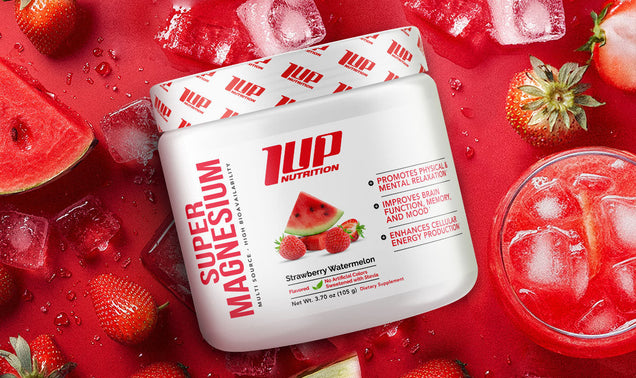
There are many reasons (most not too valid) of why people do not work out. There are self-made diagnoses on physical restriction, they believe they get enough of a workout at their jobs or at home, or the biggest one: time.
In a fast-paced culture, time seems to be of great importance. Time management is an art form to say the least. People try so hard to deny an important truth in we cannot make more time, we can just manage the time we have better. When a person hears this statement, they can think of how to gauge priorities. This then goes back to what we hold important and is worth that important time slot in our hectic lives. Fitness is usually passed up because lack of knowledge and misconception of the time needed to be effective.
Insert High intensity interval training.
High intensity interval training (HIIT) has become extremely popular for numerous reasons, but none so more than the time it saves people in the gym and the effects it has on their fitness life. HIIT is a form of interval training where the person has intense work periods that can range anywhere from 5-7 seconds all the way to 10 minutes. These work periods are performed at 70%-90% of the person’s maximum heart rate, or MHR, (which is the maximum number of beats in a minute your heart can perform without over doing it). Then a recovery period is introduced where the person is then working in 40%-50% of their MHR. This cycle is repeated for 20 minutes to an hour, depending on the person’s current fitness level or intensity of workout.
Effective workout in 20 minutes? Yes indeed.
This repeated “up and down” heart rate cycle has been proven to burn fat at accelerated levels. That is why a person can work out for 20 minutes, keep it intense, and have an effective (keyword) workout. There is more to this story. HIIT also affects the calories burned after the workout as well. This is period is called “EPOC”, which stands for excess post exercise oxygen consumption. This period usually lasts about an hour and a half to 2 hours after a workout where the body is trying to get back to pre-workout form. Because HIIT is no joke in regard to intensity, the EPOC tends to be greater which then leads to burning more calories after the workout, somewhere between 10%-20% more.
Other than a time saving, fat scorching approach to fitness, HIIT also provides some other benefits. These include:
- blood pressure improvement
- cardiovascular health
- insulin sensitivity (helps the working muscle more readily use glucose for fuel to make energy)
- cholesterol
- burns fat while helping maintain muscle mass
HIIT training provides so many options which can be designed around virtually any person at any fitness level. Due to the high intensity it provides, HIIT does require a longer recovery period than conventional workouts. If you are thinking about giving HIIT a try, you first week start off with one training session to test yourself. Than in week two maybe go to two sessions. Many HIIT sessions max out around 4 to 5 a week so the person has at the very least 48 hours to recover. Once again, this is completely relative to the individual.






